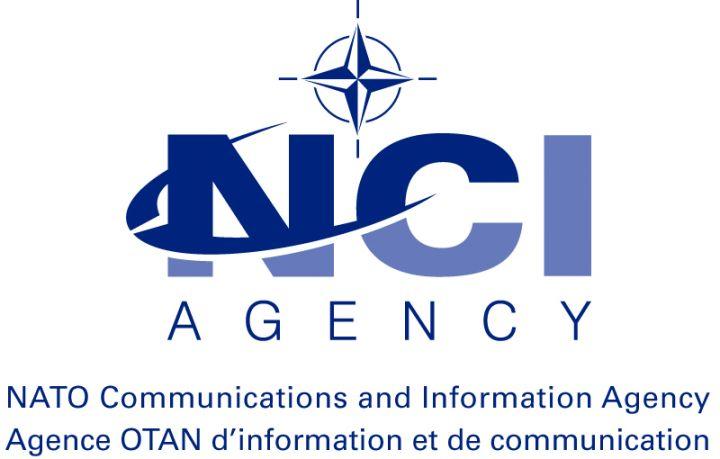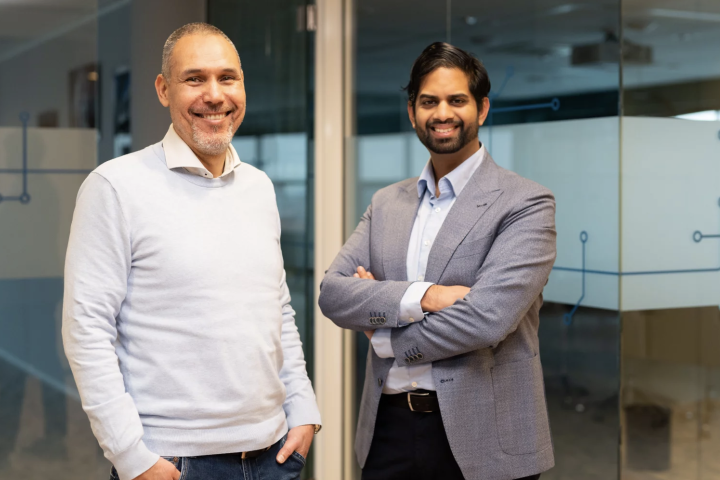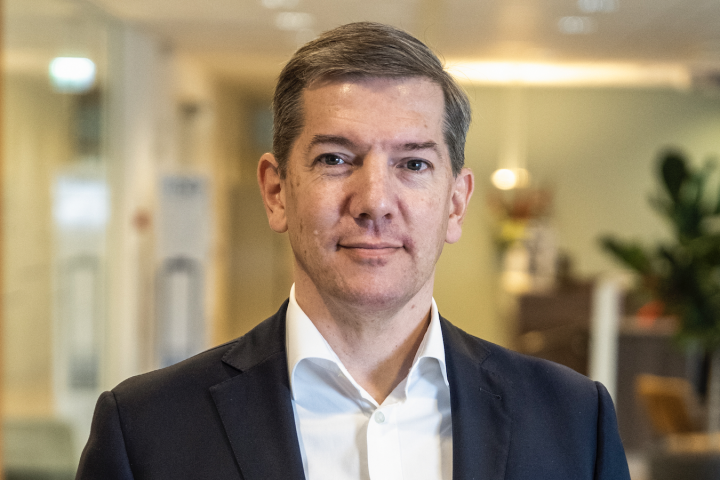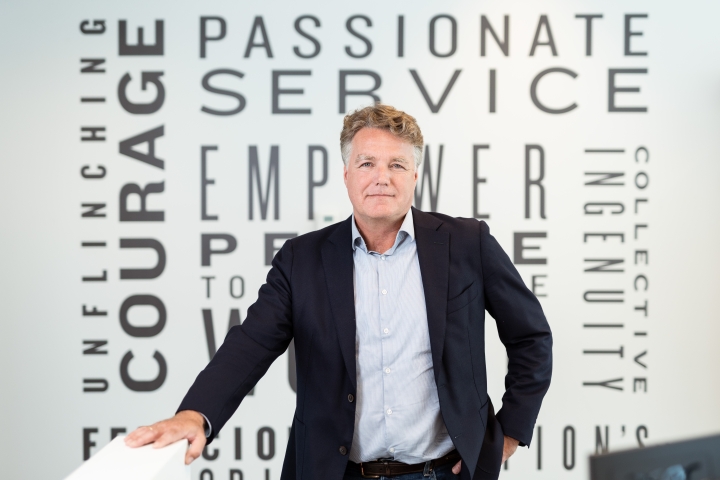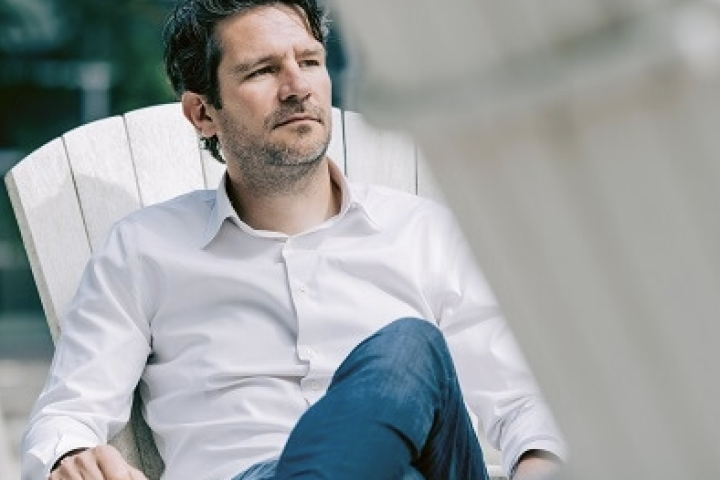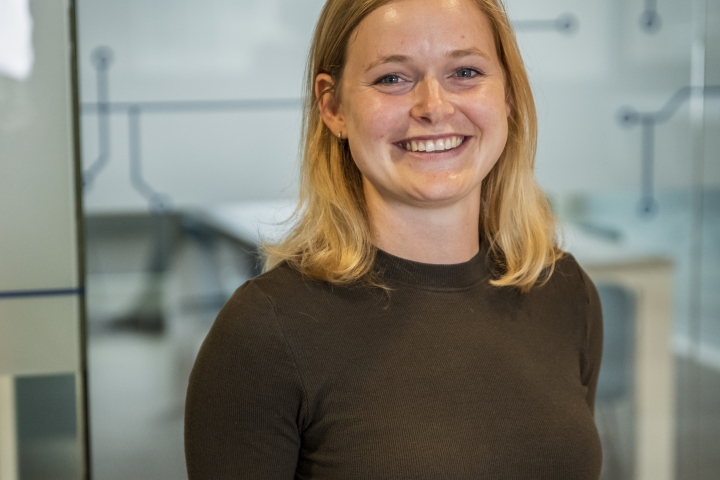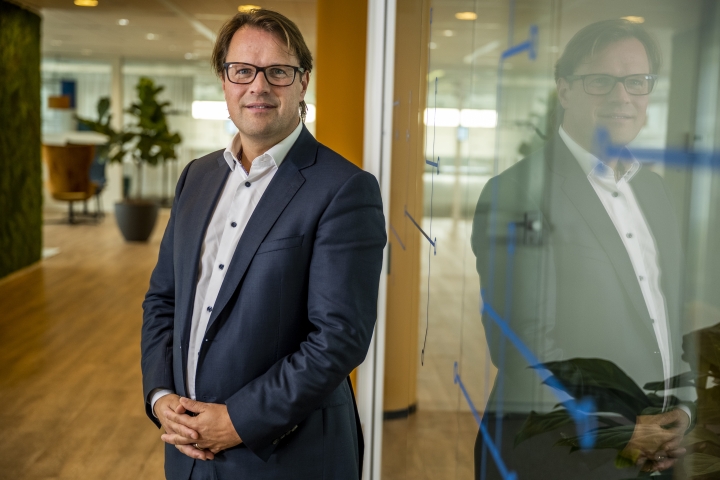NCIA Leverages HSD Ecosystem for Connection With Industry Partners
The NATO Communications & Information Agency (NCIA) leads NATO’s digital endeavour and helps NATO Nations communicate and work together in smarter ways. One of the primary objectives of NCIA consist of supplying secure, coherent and efficient Communication & Information Systems (CIS) and services for the NATO Enterprise, as well as deployable and mission systems.
In the NCIA campus in The Hague, a team of highly skilled engineers and scientists works on new solutions in the field of cyber security. Frederic Jordan, Head Cyber Security Programme Delivery at NCIA: “The Agency not only protects NATO’s networks but also leads the development of new and innovative capabilities that ensure that the digital systems upon which NATO relies to keep 1 Billion people safe are always secure and available, and also provide an advantage over our adversaries. In this context, active collaboration with Industry is essential for the Agency to leverage the energy and creativity of the private sector and maintain NATO’s technological edge."
"Thanks to HSD, we can benefit from the services of a very active local ecosystem which is always eager to contribute to our activities and offer unique perspectives on how the most challenging technical issues could be addressed."

Cyber situational awareness for Military Commanders
The NCIA has set up a project to optimise the operational awareness of commanders during a deployment or mission. Up to now, sources such as intelligence, logistics and CIS from the traditional domains of air, land and sea have been used for this purpose. A fourth source is increasingly important: cyber situational awareness. This is still in development. NCIA approached The Hague Security Delta (HSD) in order to facilitate the development of a useful ‘Recognized Cyber Picture’ for commanders in the field.
View on the mission area
Frederic Jordan elaborates on the needs for such a capability “At the technical level, some Cyber Security Situational Awareness solutions exist, often based on limited CIS information, like assets, vulnerabilities, and software portfolios. However, these solutions do not assess the impacts of mission requirements, mission threats, and interoperability between coalition partners at both the technical and operational level. The correlation of the network data with the mission metadata should result in a product, that we call the Recognized Cyber Picture (RCyberP).” According to Jordan, the new system has to help Commanders with their decision making process in support of the mission; this process is facilitated through the provisioning of information from the cyber domain. This information must be delivered clearly and concisely to enable accurate comprehension of the current situation. An excess of information leads to confusion and inaccuracy. The new RCyberP-system, therefore, needs to filter and deliver a workable output. RCyberP-information should also represent intelligence data, coupled in a meaningful manner, to provide the Commander operational Cyber Situational Awareness to be useful in meeting mission objectives.
The RCyberP-system does not stand on its own, but is part of a system of systems that help mission Commanders achieve Situational Awareness of the mission area that is as accurate and complete as possible.
Network Advantage
At the end of 2018, NCIA formulated an industry consultation aimed at how the RCyberP system could best be realised. HSD was then asked to leverage their network of industry partners and connect the NCIA within its ecosystem of experts able to deliver a technical note on the framework. Why did the NCIA not issue a general tender? Jordan: “Our question around RCyberP was exploratory. It exemplified our thinking direction on what we want to achieve. Therefore, it was not a clear, defined question. HSD forged connections to present the problem outline and requested deliverables within its network. This provided exposure to organisations we otherwise would not have reached in order for them to deliver their input and proposals. This is a great advantage, as we can never know all relevant actors and their capacities by ourselves. Based on the questions and feedback from different organisations, we were capable of making a good description of the assignment and able to concretely start the work in 2019.”
Permanent Contest
The selection of organisations by HSD consisted of several great candidates, from which Capgemini was chosen as the one that offers the most suitable solution. “In the military world, you always want to stay ahead of your opponent. That is a permanent contest. Through HSD we have also been able to involve smaller companies which are active in niches and provide high-quality solutions. With all parties together, the project outcome is greater than the sum of its parts”, says Jordan.
Key to Success
Manisha Parmar is a Senior Scientist at the NCIA who led the RCyberP-project. On HSD’s work for this collaboration, she says: "There are many manners to innovate, but the human interaction is the essential factor. Being able to brainstorm with a diverse set of professionals and draw upon their expertise provides us with richer products".
"HSD enables us to build this diverse network within the cyber ecosystem, providing opportunities to co-create and develop working models for this collaboration. HSD’s International Cyber Security Summer School, of which NCIA is one of the co-organisers, is just one of these examples. The Netherlands is an excellent location within our field to draw upon this expertise."
The interaction between the diverse players is also appreciated by Jordan: “In this project, the human factor turned out to be the catalyst. More than once, we did not get offered traditional solutions, but were surprised with out-of-the-box ideas. We made pace with unexpected perspectives and smart propositions. The total interaction process resulted in more than we expected a year ago when we contacted HSD on this. We are very satisfied with the results. In addition to this, it is good to realise that this is not a ‘one-off’-project, our innovations are a continuing process. Here in The Hague and in the Netherlands we are situated in a hot spot of talent which is very accessible, also thanks to HSD. For an organisation like ours which needs to be at the leading edge of technology, it is fantastic to be able to benefit from such a skilled and competent ecosystem."
Interested in doing business with NCIA? Read 5 steps to doing business with NCI Agency.

For the full article in Dutch, click ![]() here. To see the version of the annual report click here
here. To see the version of the annual report click here





